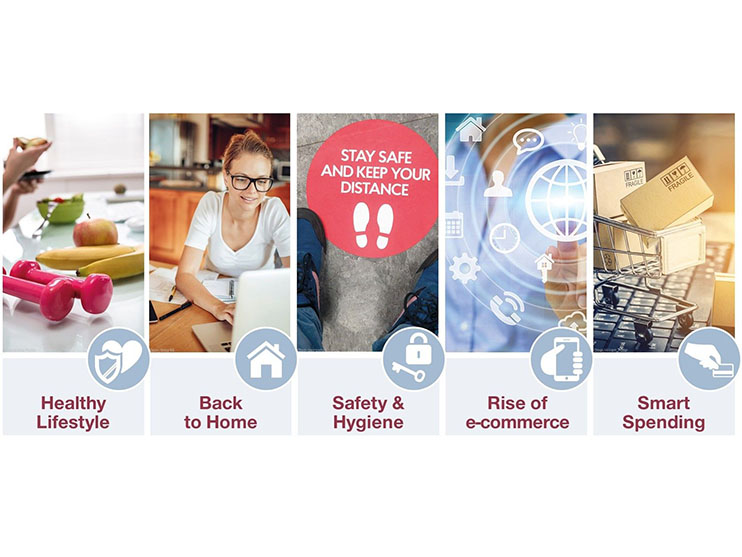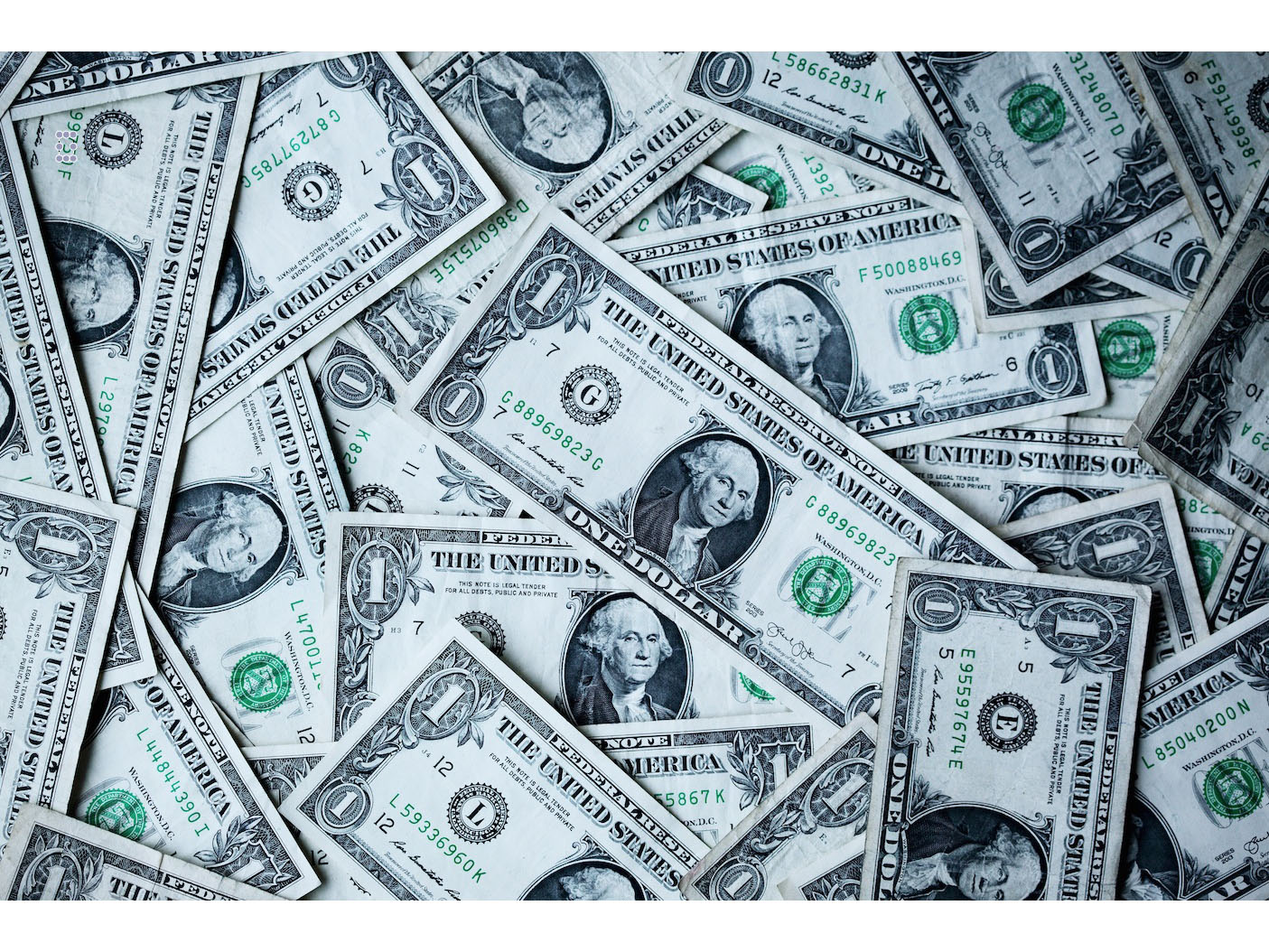News - Digital/Tech
Post-COVID Consumer Trends: Accelerating Growth
February 11, 2021
.jpg) Advertisement
AdvertisementWhile businesses globally have been greatly impacted by COVID, the pandemic has triggered consumer dynamics that are redefining the shopper market landscape. Simon-Kucher and Partners’ latest report explores five consumer trends enhanced by the pandemic and how organizations are leveraging them for new business opportunities.
1. Healthy Lifestyle
The COVID outbreak has accelerated the preference for healthier living. As a result, consumers change what they do, eat and drink to healthier alternatives. 88% of consumers in the MENA region are willing to pay more for healthier food options. Given this trend, consumer purchase decisions are going to increasingly revolve around the health benefits, creating extra demand for functional products and services.
Healthy Lifestyle trend in business:
UAE’s Sarya Holdings, the company that launched the vertical farming concept Smart Acres, is now all set to reach stores with its health conscious food-line Fit Farm.
Supermarkets and hypermarkets are increasing their range of healthy food products offerings. Large format stores like MAF Carrefour are expanding their organic sections. The company recently signed an agreement with Emirates Bio Farm to source up to 450 tons of organic produce to support this expansion. Specialist stores have also opened or expanded around the UAE, including Organic Foods & Café, Down to Earth Organic, Ripe, Greenheart, Organic Planet and others.
2. Back to Home
One of the silver linings of the pandemic has been more leisure time at home with friends and family, as more and more people avoid going out. In fact, people across the MENA region have reported up to 88% more time spent at home, meaning consumers will shelter more with their friends and family than ever before.
Back to Home trend in business:
Companies are raking in on this trend by developing in-home experiences and products for shared consumption occasions. Burger King is one such pioneer. Recently, while it rolled out its “Stay Home Combos” in some geographies to woo customers at home, it waived off delivery fees on home deliveries in others, encouraging people to work from home.
Middle East fitness equipment suppliers saw a staggering 85% increase in home gym equipment demand during the COVID period. There is also increase in the demand for products related to home baking, camping and convenient clothing for the time spent at home, among others.
3. Safety and Hygiene
Consumers are looking for a safer and more hygienic shopping experience post-COVID, moving away from large, crowded shopping destinations. In the UAE, almost 80% consumers are concerned about the hygiene of where they shop, avoiding rush hour and long queues at shopping malls.
Safety and Hygiene trend in business:
The trend has sparked growth in payments and offering display to fully embrace contact-less technology. Majority of small and medium outlets introduced contact-less to replace cash, accelerating business for payments operators. Restaurants introduced digital menus supported with QSR codes for the convenience of customers visiting as well as those ordering delivery.
LuLu Hypermarkets continuously take care of the shopping experience to avoid traffic loss due to hygiene concerns. It recently implemented the initiative “Your health is in your hands” to boost hygiene standards across its stores and build shopper confidence.
4. Rise of E-commerce
The consumer preference for staying at home and unprecedented demand for safety and hygiene have provided a boost to the digitalization of shopping habits. As consumers avoid physical stores in response to COVID, online retailers and e-commerce platforms are poised for growth. 73% of the UAE’s population believes that COVID has made them more positive about online shopping. Shopper also embrace technology to improve convenience of purchases – 47% said they prefer making online payments now rather than using in-person cards or cash payments.
Rise in Digital trend in business:
Many companies have risen up to the situation with a swift digital transformation. Dubai-based Emaar, has set up a virtual Dubai Mall on noon.com, where customers can shop virtually at many of the mall’s well-known stores.
In the UAE, the e-grocery market grew by 300% during the third quarter of 2020, while Saudi Arabia’s market has grown by 500%. This has supported the rapid growth of hyperlocal delivery players such as Talabat, NowNow, elGrocery, InstaShop or Careem Now across the region. In fact, InstaShop was acquired by Delivery Hero for $360M in the middle of the pandemic, marking one of the largest entrepreneur exits in MENA so far.
5. Smart Spending
Employment uncertainties and higher household spending are prompting consumers in the MENA region to reassess their consumption expenditure and look for cheaper product substitutes and attractive promotions. 47% people in Dubai acknowledged that they now put value for money first when deciding where to shop, while 48% look for more offers and deals than before. In Saudi Arabia, 90% people have cut their spending to prioritize needs over wants.
Smart Spending trend in business:
Several supermarkets across the UAE are increasing their own-label product range across key categories. These products are usually at the value end of the price range, thereby attracting cost-conscious consumers. The private label brand of LuLu Group, for example, has expanded to more than 2,500 products. Similarly, Carrefour has continued to expand MyChoice, its entry price product portfolio and further intensified activations on the product line.
Union Coop, a leading cooperative in the UAE, has recently announced that it has allocated AED 10 M (USD 2.7 M) towards ‘Final Call’ promotion campaign, which reduced prices of products by up to 90%. It said that its aim was to provide price cuts on all important basic commodities to meet its consumer expectations.



.jpg)










